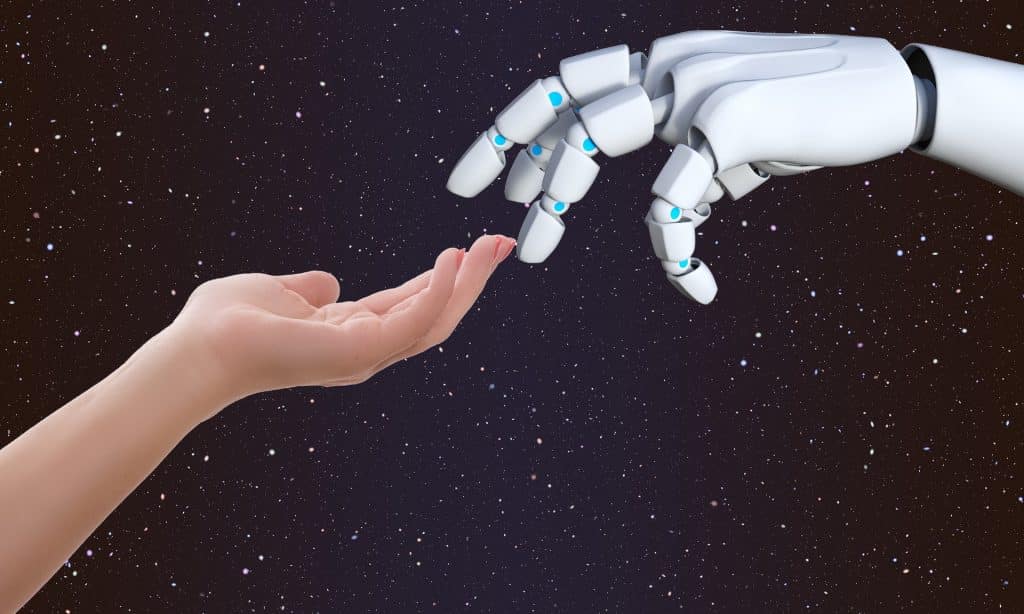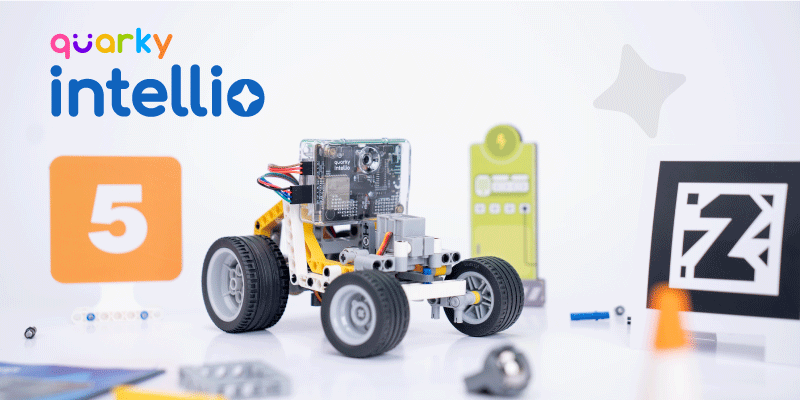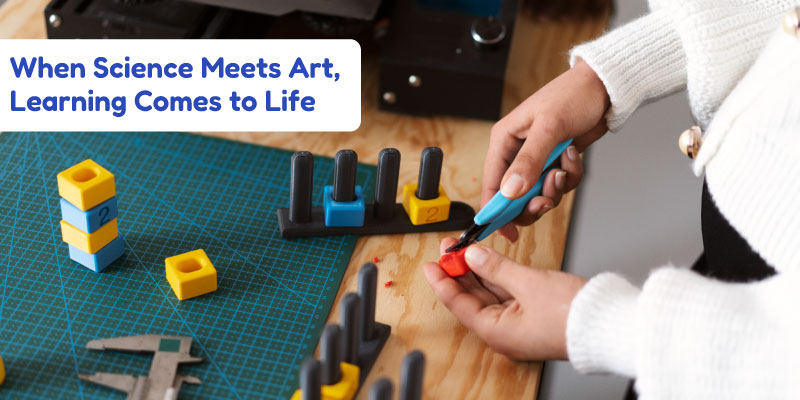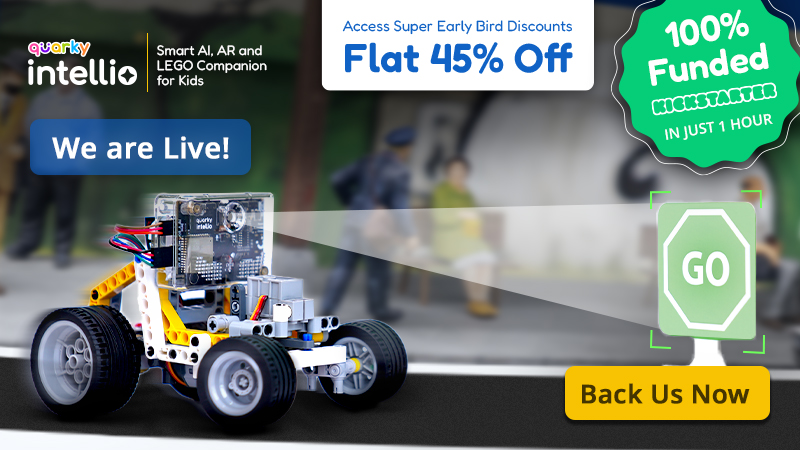Back in the time of the Renaissance, the ideal goal about education was to make individuals capable of taking up any endeavor. Today’s modern take on the conventional system and the loose implementation of STEM pedagogy is but a shadow of what the thinkers of the Renaissance wanted for the modern world.
To assimilate all subjects and make an interdisciplinary bridge among various subjects is indeed a goal of STEM education. However, in the current takes of education, we are missing out on one of the most important disciplines when we study STEM and take up engineering and technology – Humanities.
This is primarily due to the western conventional system’s divisive strategy on teaching subjects. However, when it comes to real life problems, seldom does the conventional system (or some times the STEM system) does justice to humanitarian aspects of problems. Engineers are easily trained to skyrocket efficiencies of their designs, but no one looks at the humanitarian aspects which ensure a healthy environment and a healthy workforce for the industry.
The Current Scenario
Humanities is easily ignored these days. And it is evident that the subject needs to be an integral part of Engineering, if not all STEM disciplines. Understanding the economic, political, and psychological aspects of subjects taught during an engineering course is important. Students are taught how the evolution of motors took place and how we moved from the primitive DC motor to current day’s PMBL DC Motors. Students are taught how we moved from the analytical engine to the smartphones of today, but never have we taken a look on how this paradigm shift in technology, be it motors or computers, has impacted the economy, the politics or the psychological aspects of the workforce. An overall humanitarian outlook is completely missing in today’s engineering courses. These courses may create strong engineers who know their way around machines, but when it comes to understanding the real world, the real world is not a simple machination that bow to the will of the engineer.
The current education needs a big reform, if not an overhaul when it comes to studying technology and engineering. With every aspect of technology, both practical and theoretical, the humanitarian aspects need to be studied. How introducing a change in some technology will change the industry, the workforce, the environment, and also the common populace. If such important features are missing from the conventional system, we are training a populace which is not capable of solving problems the world needs.
Connecting STEM with humanities doesn’t just provide the well-rounded education today’s employers want. As the American Academy of Arts and Science’s 2013 The Heart of the Matter report observes, connecting these fields is necessary to solve the world’s biggest problems such as “the provision of clean air and water, food, health, energy, universal education, human rights, and the assurance of physical safety.”
So What Can Be Done?
Every time a student encounters something new on the field, a spark about innovation and its humanitarian facets needs to be ignited. This enables her to analyze how the innovation will impact the industry and the common populace which will be either a direct or an indirect stakeholder to her innovation. With such insights, we have an overall stronger workforce which will stand-up to the problems this world throws at us.
Aspects like technological unemployment are always neglected, and in fact, never talked about in engineering curricula. The stress here is on how humanity is impacted by changes in technology and how important it is to consider these before bringing about change. Humans lose jobs when a new technology comes in the market, but mitigation is seldom provided. Neither the engineer who developed the new technology thinks about this, nor does the industrialist who brings the new change into effect.
The 21st century is a turning point in human history as we see exponential growth in technology. With every passing day, a new advancement arises and we face yet another problem. This is one of the best eras to live in when it comes to technology and engineering. But if the engineers of today do not subsume humanities into their thought process, disasters will be inevitable. We are in a turning point of history, however, it is on us how we can make this change a miracle and not a mistake.
In a Nutshell
Engineering and Innovation are two terms which we commonly use together. Engineers, being the problem solver they are, make sure that solutions are available to society. However, what use are the solutions which do not account for the people of the society; their culture and heritage and their mindsets? Evidently, the bridge between humanities and engineering is not a luxury, but a strong necessity.












